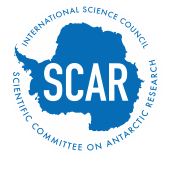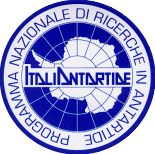|
Name ID: 109303
Place ID: 6342
largest of several islands WNW of Catharina Point, Robert Island, was roughly charted by Powell, 1821-22, when the name Heywood's Islands (Powell, chart, 1822a) or Heywood's Isles (Powell, 1822b, p.5; Foster and Kendall, chart, 1829a) was applied collectively to the present feature, Cornwall Island and the islands forming Clothier Harbour, after Capt. Peter Heywood, RN (1773-1831), commanding HMS Nereus off the E coast of South America, 1810-13; formerly a midshipman in HMS Bounty (Capt. W. Bligh, RN), 1786-89, who was detained by the mutineers in the ship, then court-martialled and convicted of mutiny on his return to England from Tahiti in 1792, but later pardoned unconditionally. IÎles Heywood (Eyriès and Malte-Brun, 1823, map facing p.237). IÎles Heywood's (Powell, 1824a, map facing p.5). Powels [sic] Islands, referring to the above group together with other islands and rocks off N Robert Island as far E as Mellona Rocks, after Capt. G. Powell (Powell Island, q.v.) (Weddell, 1825a, map facing p.132). Powels Inseln (Weddell, 1827, third end map). Heywood Islands (BA chart 1238, 1844; Nelson and others, chart, 1935b; BA chart 3205, 25.iii.1937; APC, 1955, p.11; BA chart 3205, 15.iii.1957). Islas Heywood (Spain. DH chart 458, 1861). Heywood Inseln (Friederichsen, 1895, Tafel 7 facing p.304). Heywood Öyane (HA chart, 1928). The group of islands N of Robert Island, then named Heywood Islands, was recharted by DI, 1934-35, when the name Hummock Island was applied descriptively to the largest island, as defined above (Nelson and others, chart, 1935b; BA chart 3205, 25.iii.1937; APC, 1955, p.12; BA chart 3205, 15.iii.1957). Heywoods Is., referring to the group of islands (Hobbs, 1939a, p.41). The following names refer to the largest island. Haywood [sic] Island (USAAF chart [LR-74], 1942). Heywood Island (USAAF chart [LR-] 74, 1943). Isla Hummock (Argentina. IGM map, 1946; Chile. IHA, 1974, p.157). Isla Colina [translation of English name] (Argentina. MM, 1953, p.211). The island was photographed from the air by FIDASE in 1956. Isla de la Colina (Argentina. MM chart 138, 1957; Pierrou, 1970, p.254). Isla Heywood (Argentina. MM, 1957a, p.60). Islotes Heywood, referring to the group of islands (Argentina. MM chart 138, 1957; Pierrou, 1970, p.426; Chile. IHA, 1974, p.152). Isla Hummok [sic], as rejected name for the largest island (Argentina. MM, 1957b, p.3). Islote de la Collina (Armando Caballero and Fourcade, 1958, end map). Isole Heywood, Isola Hummock (Zavatti, 1958, Tav. 9). Following study of air photographs, the largest island was re-named Heywood Island and the name Heywood Islands for the group of islands was deleted (APC, 1962, p.16; BA chart 1774, 14.ix.1962).
|

